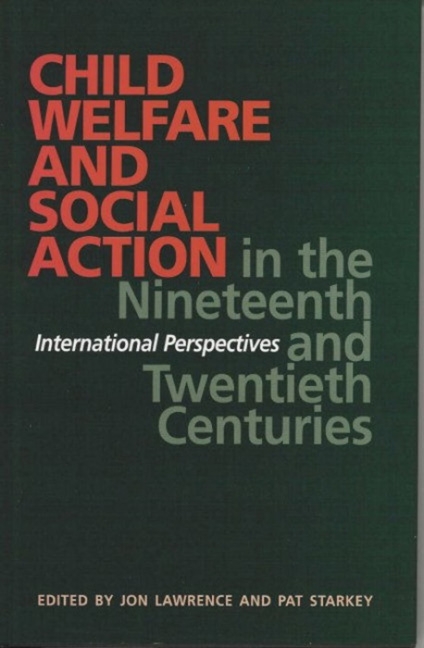Book contents
- Frontmatter
- Contents
- Acknowledgements
- Introduction: Child Welfare and Social Action
- I Gender and ‘Delinquency’
- II Child Emigration
- 3 Fairbridge Child Migrants
- 4 Gender, Generations and Social Class: The Fairbridge Society and British Child Migration to Canada, 1930–1960
- 5 Child Rescue: The Emigration of an Idea
- 6 Changing Childhoods: Child Emigration since 1945
- III Rethinking Philanthropy
- IV ‘Welfare States’ and Child Welfare
- Notes on Contributors
- Index
6 - Changing Childhoods: Child Emigration since 1945
from II - Child Emigration
- Frontmatter
- Contents
- Acknowledgements
- Introduction: Child Welfare and Social Action
- I Gender and ‘Delinquency’
- II Child Emigration
- 3 Fairbridge Child Migrants
- 4 Gender, Generations and Social Class: The Fairbridge Society and British Child Migration to Canada, 1930–1960
- 5 Child Rescue: The Emigration of an Idea
- 6 Changing Childhoods: Child Emigration since 1945
- III Rethinking Philanthropy
- IV ‘Welfare States’ and Child Welfare
- Notes on Contributors
- Index
Summary
In 1967, a small party of children accompanied by an escort departed Southampton docks. Their destination was Australia, although in the past they could just as easily have been travelling to Canada, New Zealand, South Africa, or Southern Rhodesia. Although the children could not understand the importance of this moment, their departure constituted the last gasp of a vast historical process, a process in which children had played a leading role. For over three hundred years, both British and Dominion governments and voluntary societies had assigned child emigrants – children sent abroad without family members to be boarded out or placed in orphanages upon arrival – a particular space within the practice of imperial migration. To the British government the children represented links in an imperial chain, sent to the ‘outposts of Empire’ in order to help bind the whole ever tighter; to the Australian government the children were demographic assets, imported to help populate the ‘vast country’; and the British charities, in whose care the children travelled, saw in their departure the transformation of ‘problem’ children into worthy imperial citizens.
In recent years, the policy of child emigration has come under attack in the United Kingdom and Australia, with the greatest condemnation being reserved for the dispatches of the post-war period. Sensationalist newspaper headlines portraying ‘the bitter legacy of child trafficking’ and the story of ‘exiled orphans seek[ing] lost families’ have focused on the consequences of emigration for the children involved while suggesting that the number of children sent reached into the tens or even hundreds of thousands. This chapter takes a different starting point, exploring not the consequences of child emigration but rather the reasons behind the policy's origin and decline. It also proposes that the suggested figures of tens of thousands of child emigrants are seriously misleading and that a more realistic assessment suggests that, in the twenty years after 1945, just under 3,000 of Britain's youngest citizens emigrated to other parts of the Commonwealth.
The practice of sending children from Britain to parts of the Empire/Commonwealth can be traced back to the early decades of the seventeenth century, but the numbers really began to rise in the latter part of the nineteenth century.
- Type
- Chapter
- Information
- Publisher: Liverpool University PressPrint publication year: 2001



